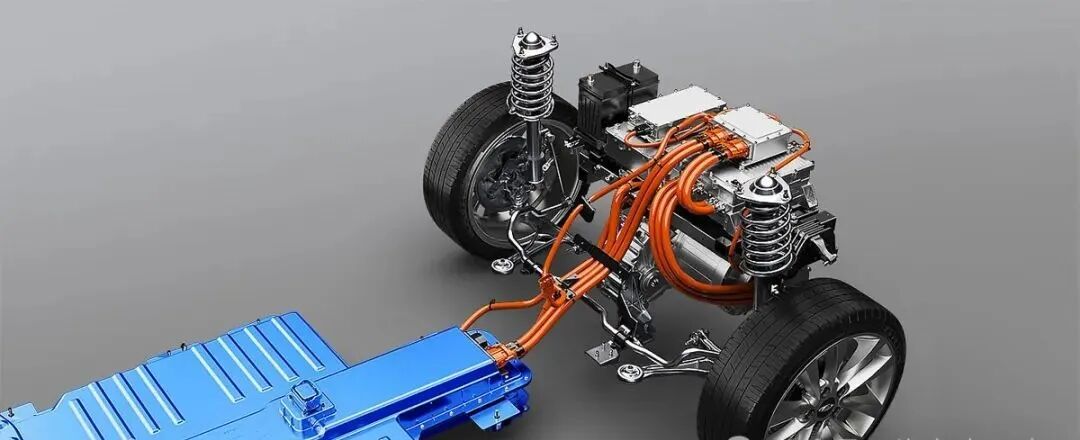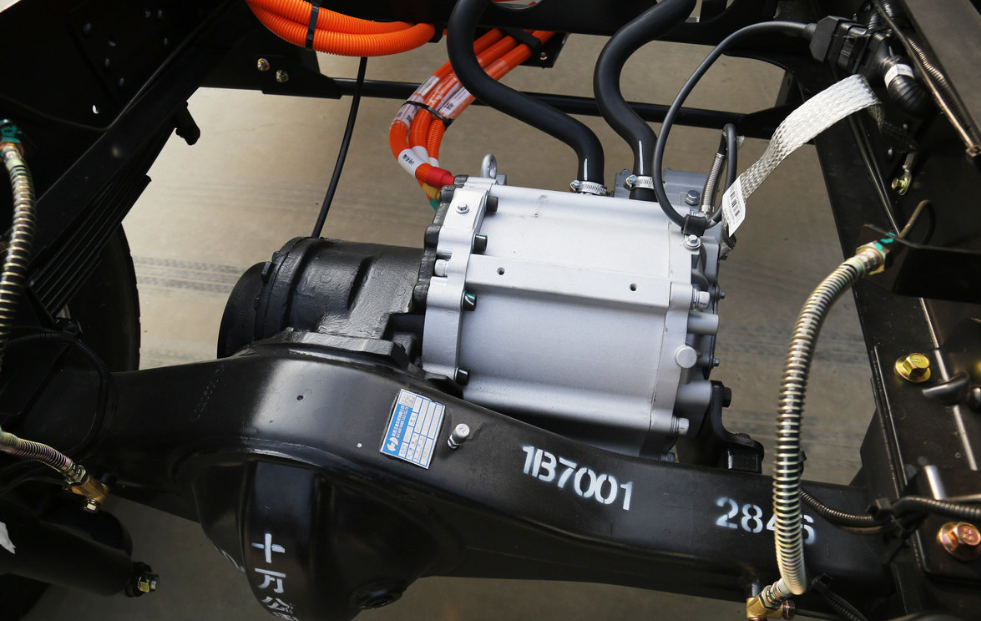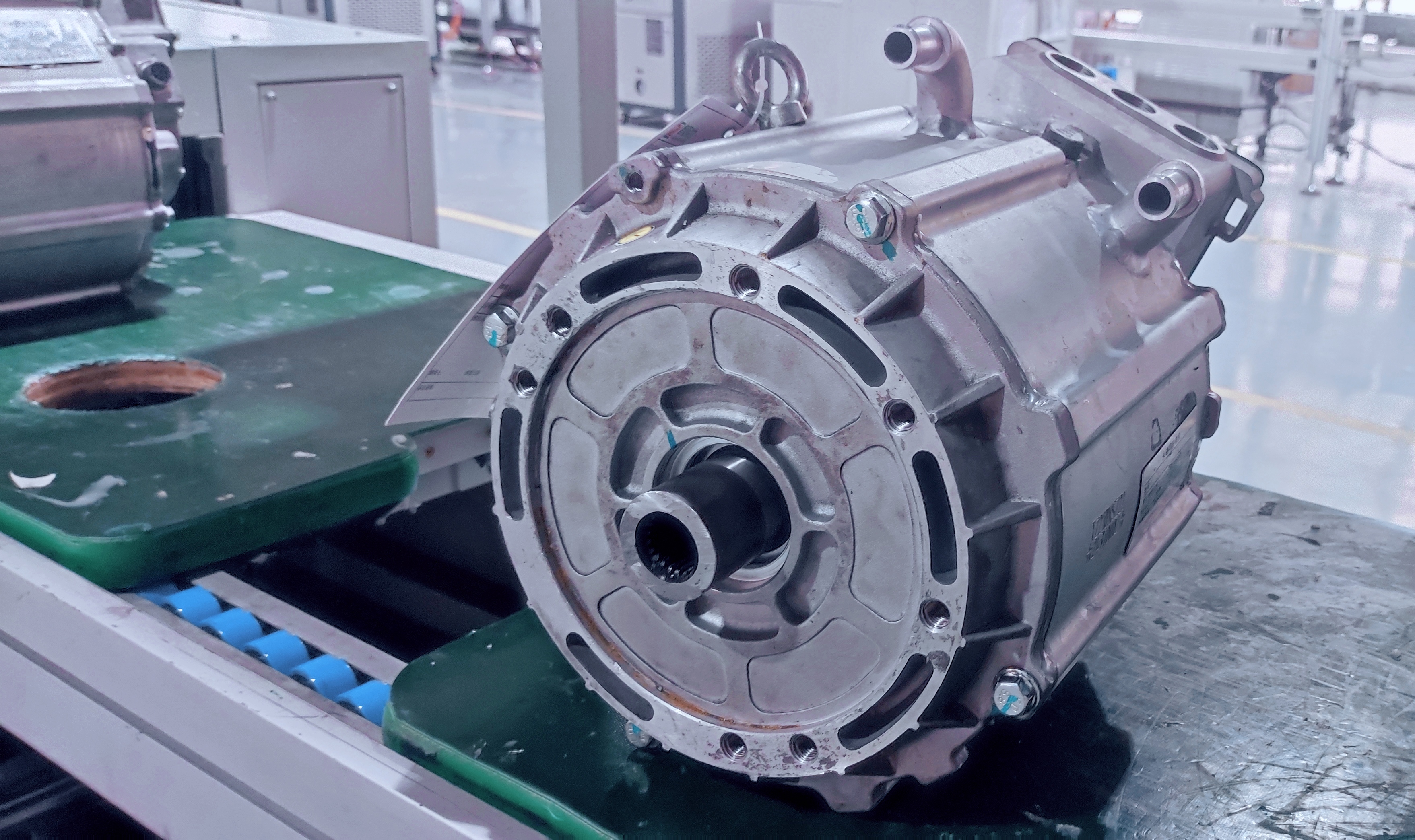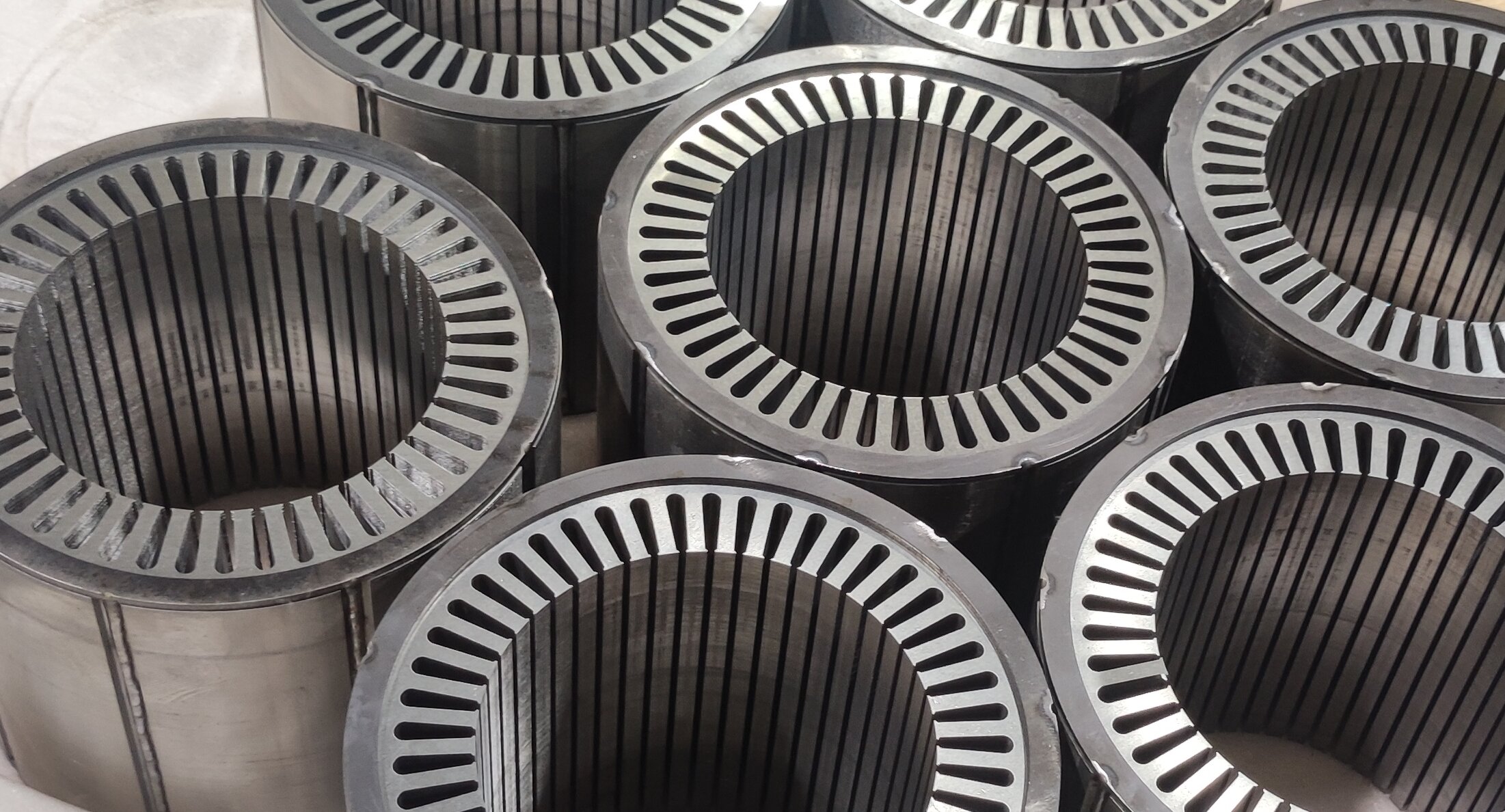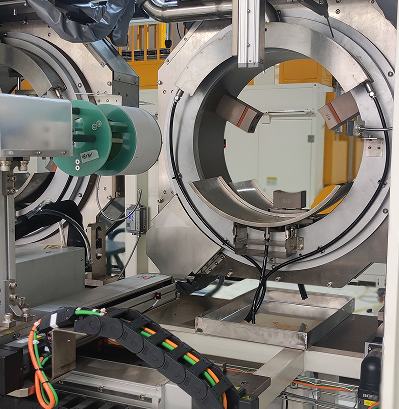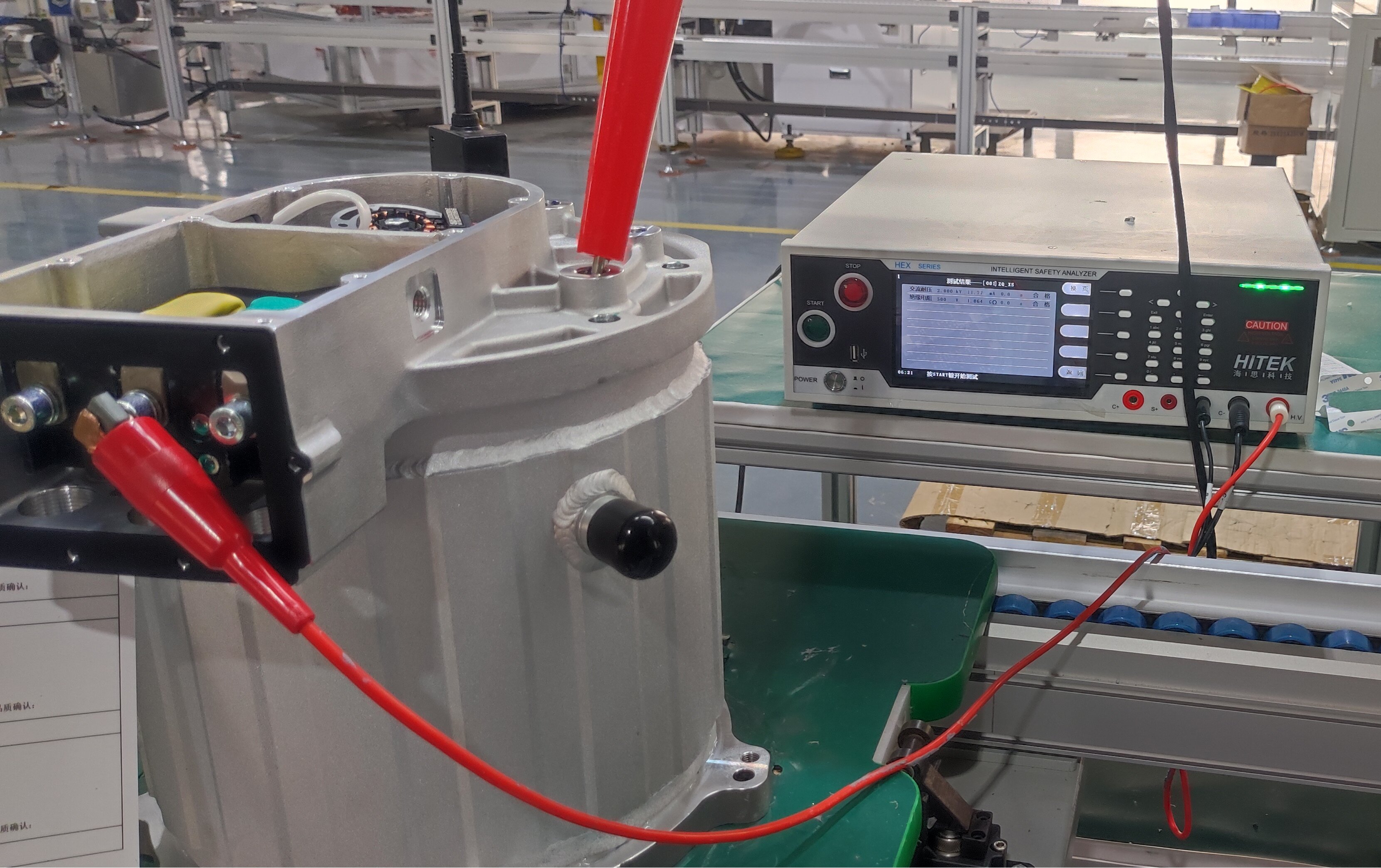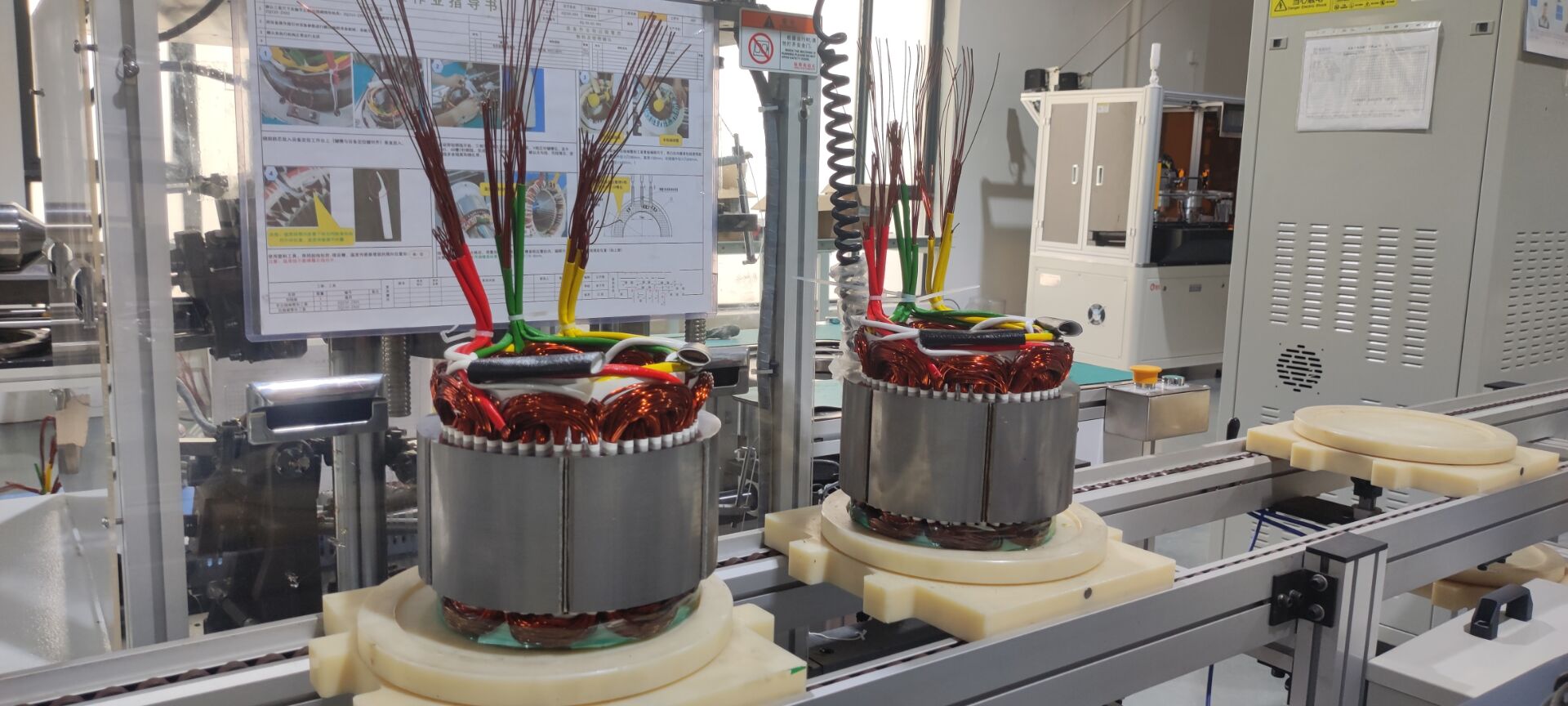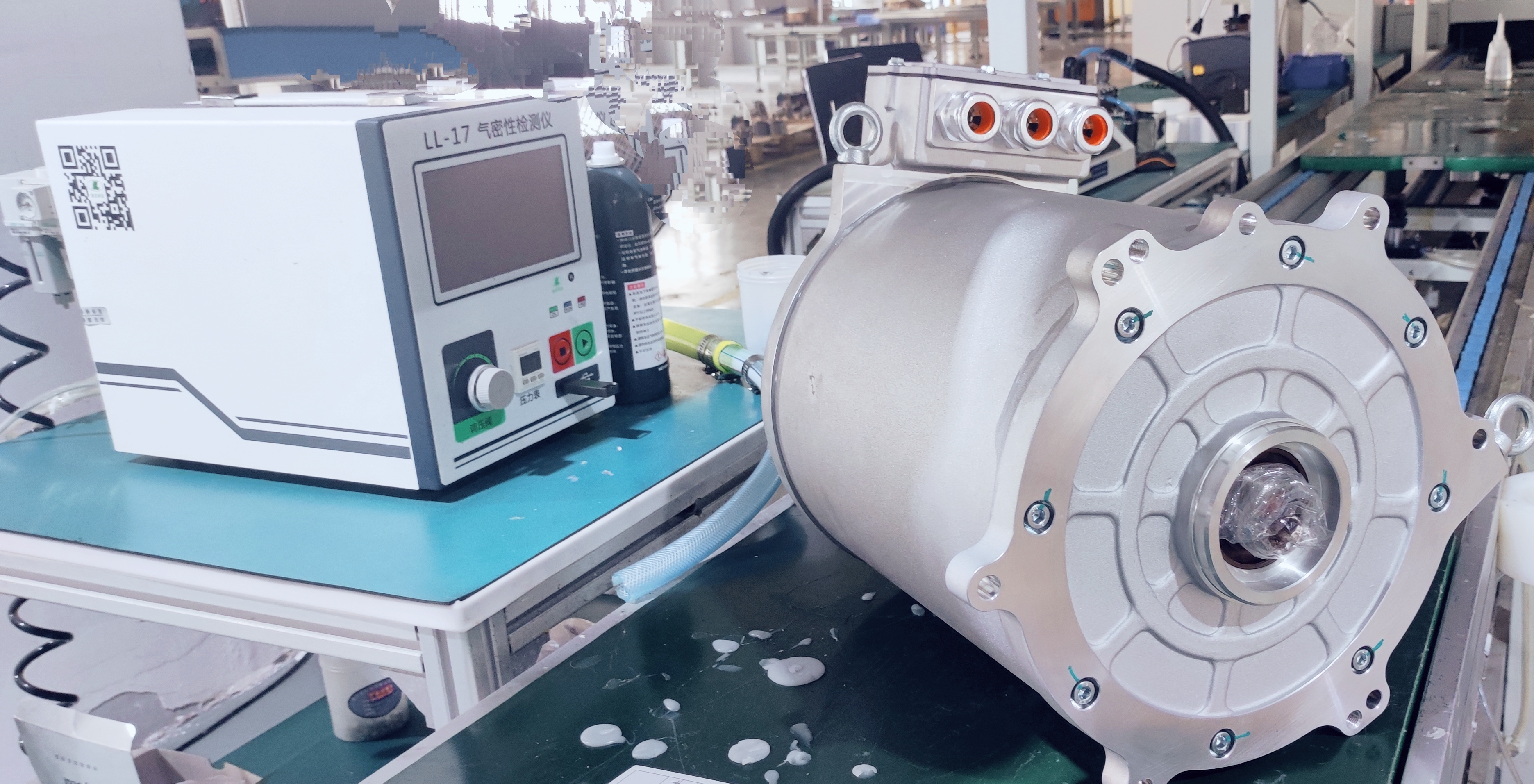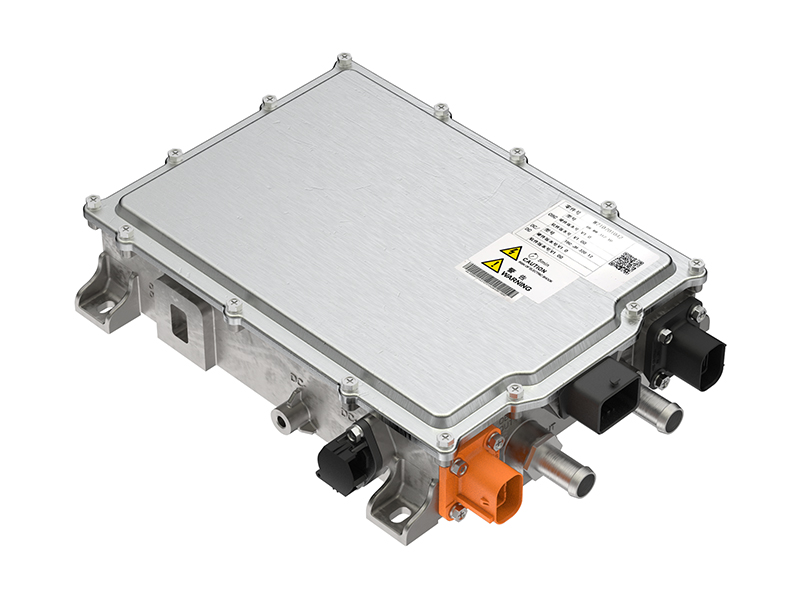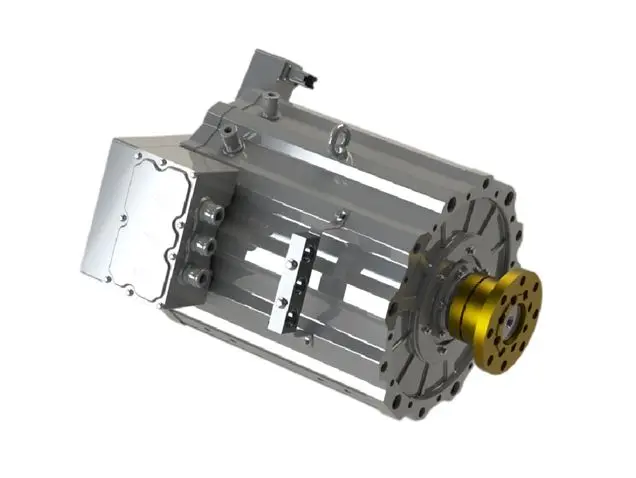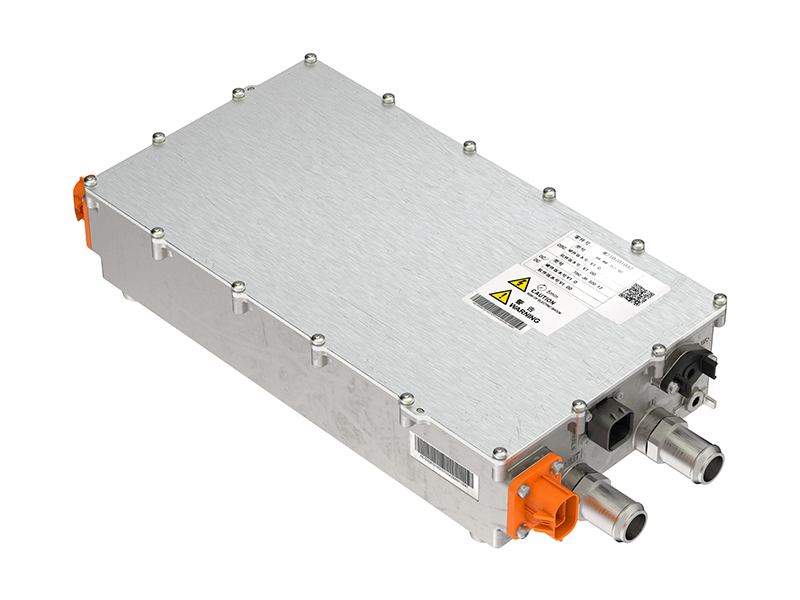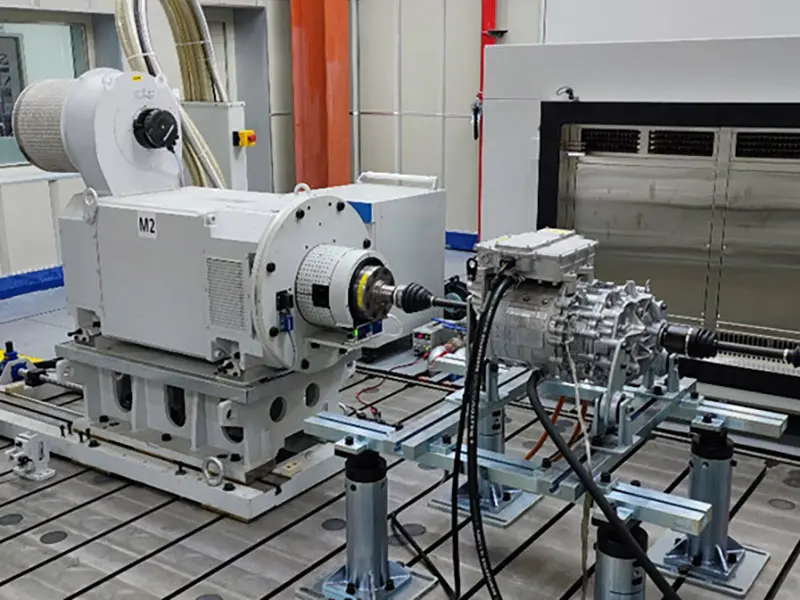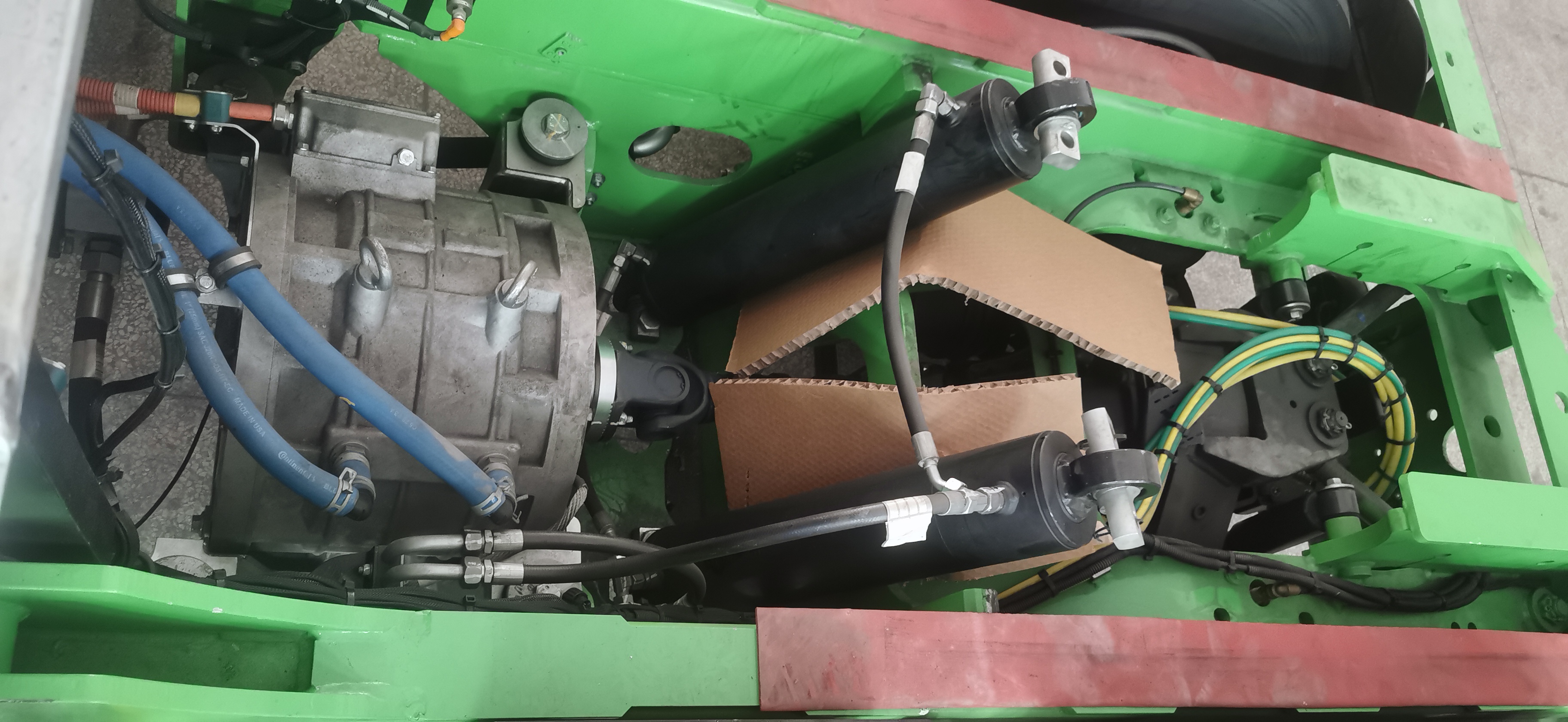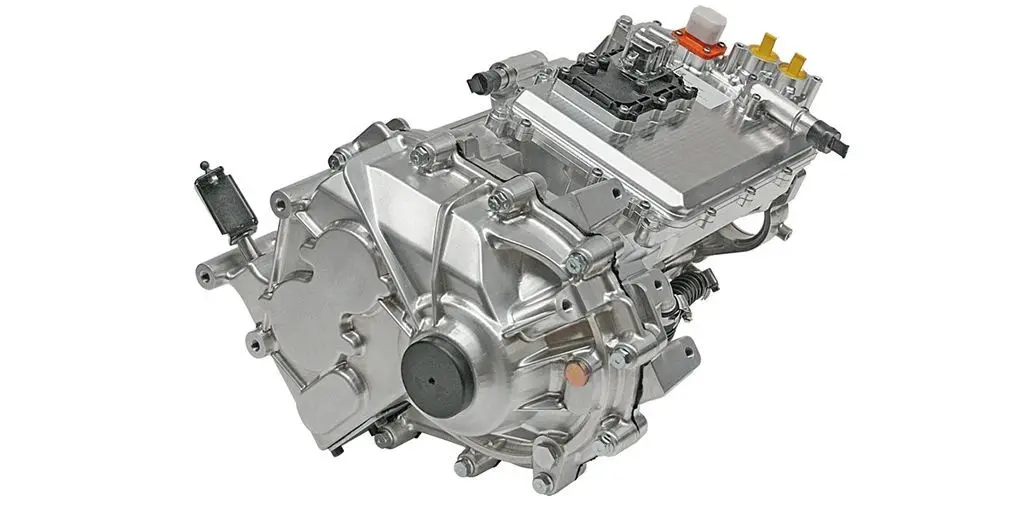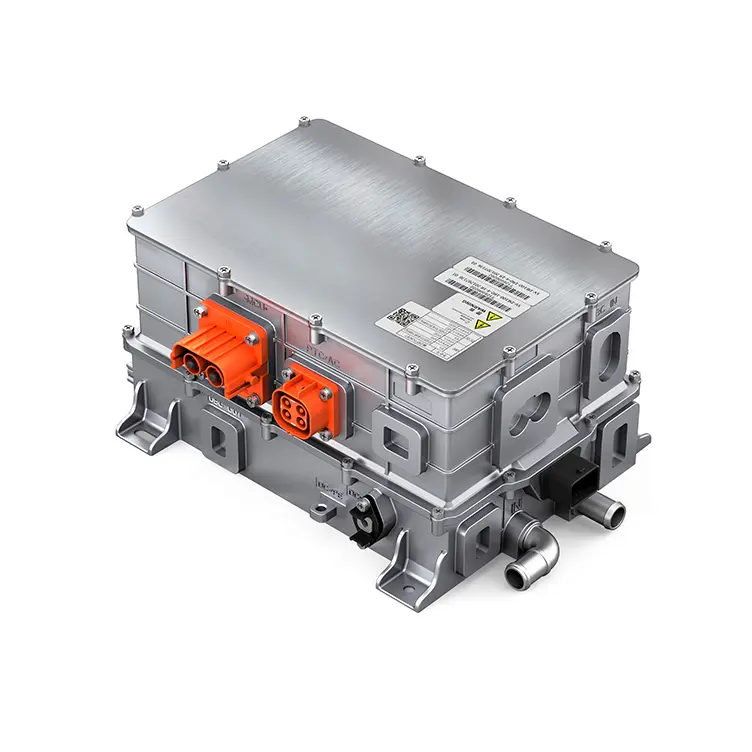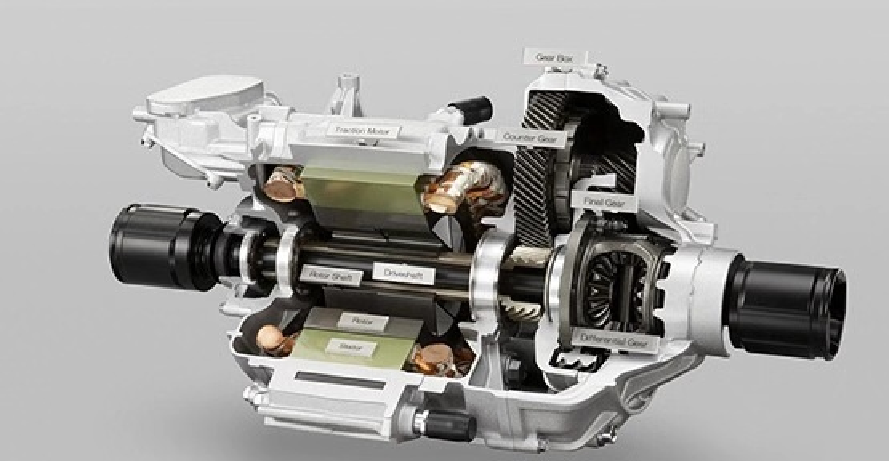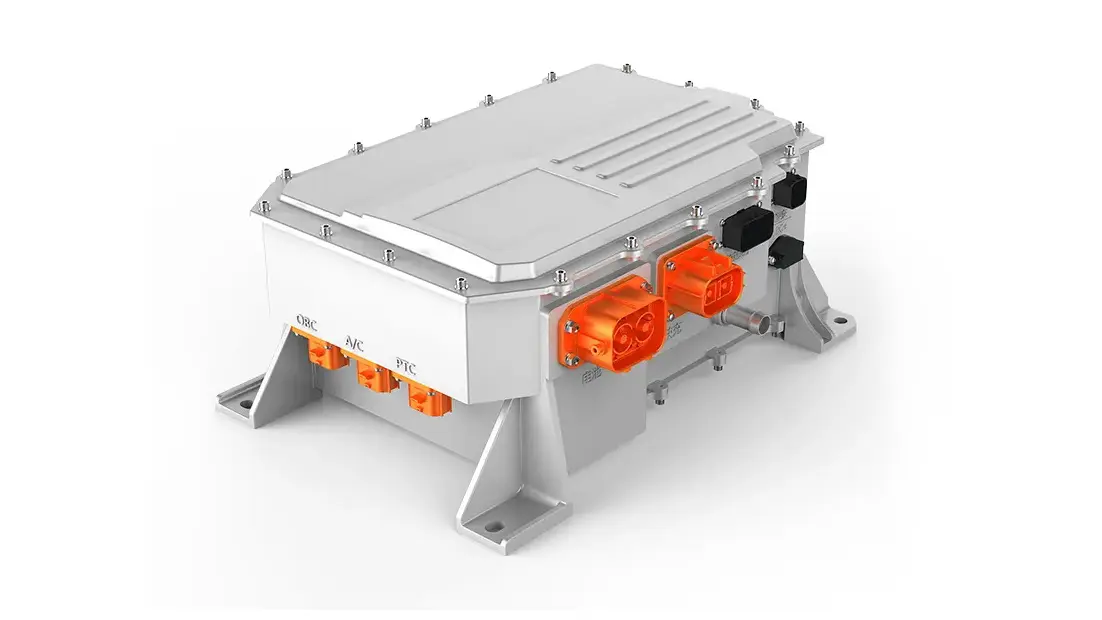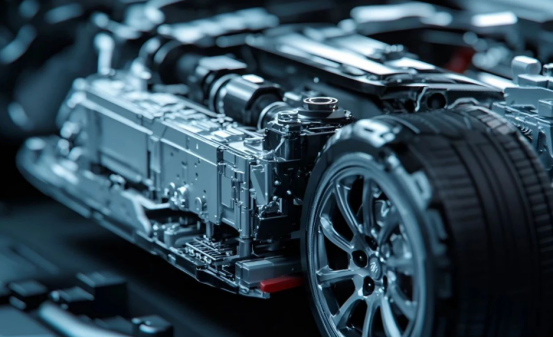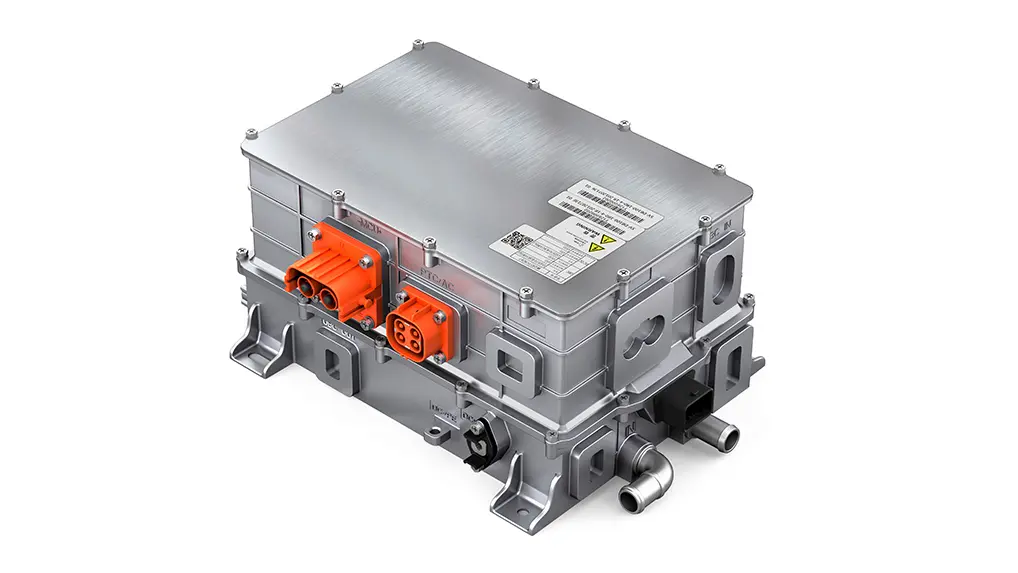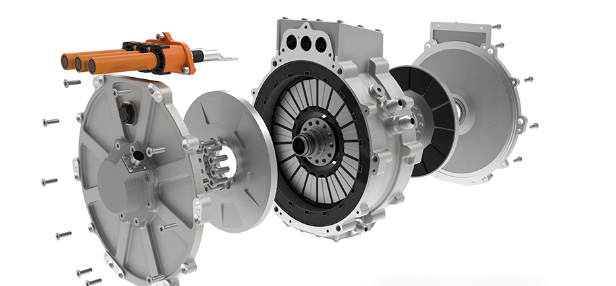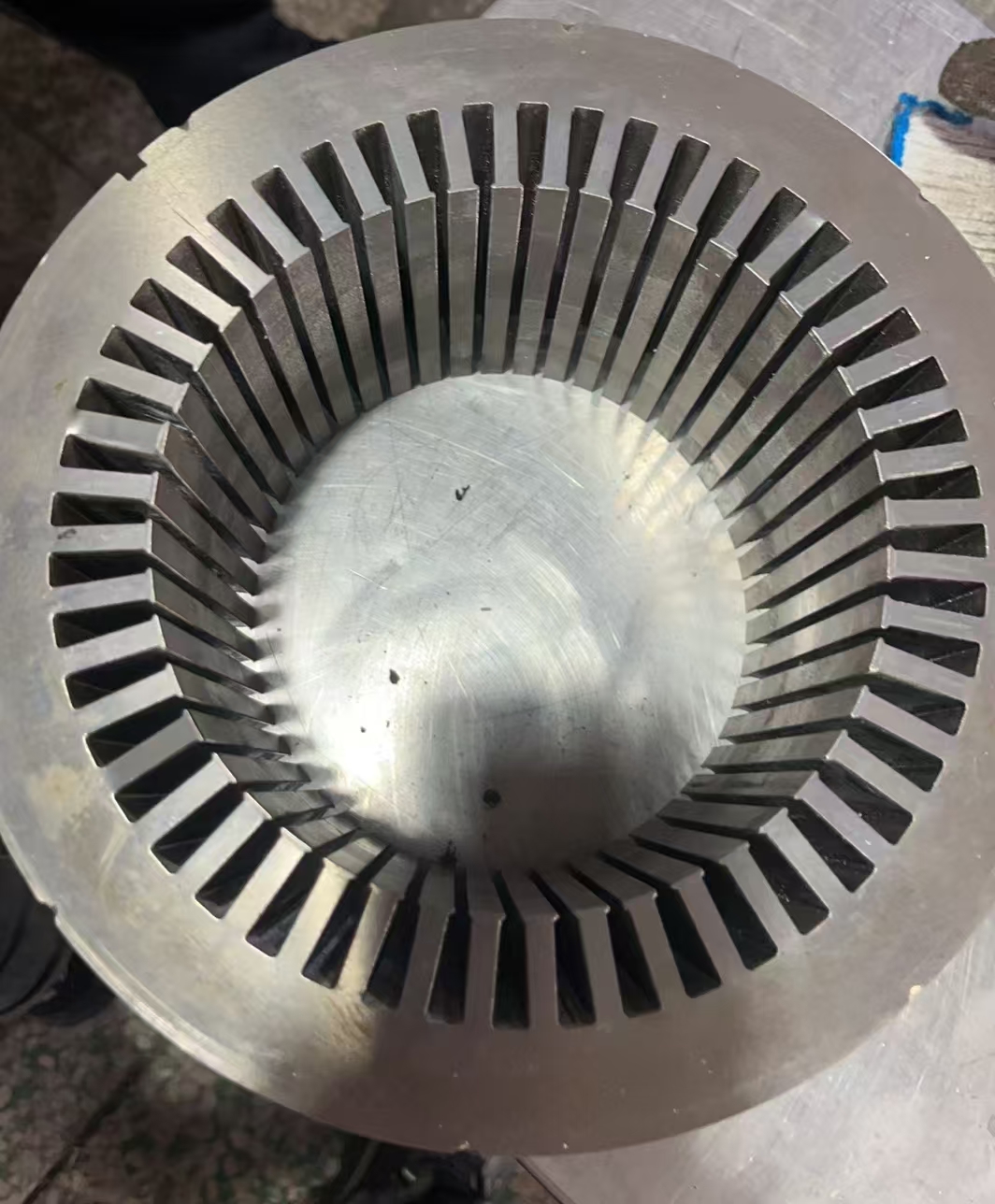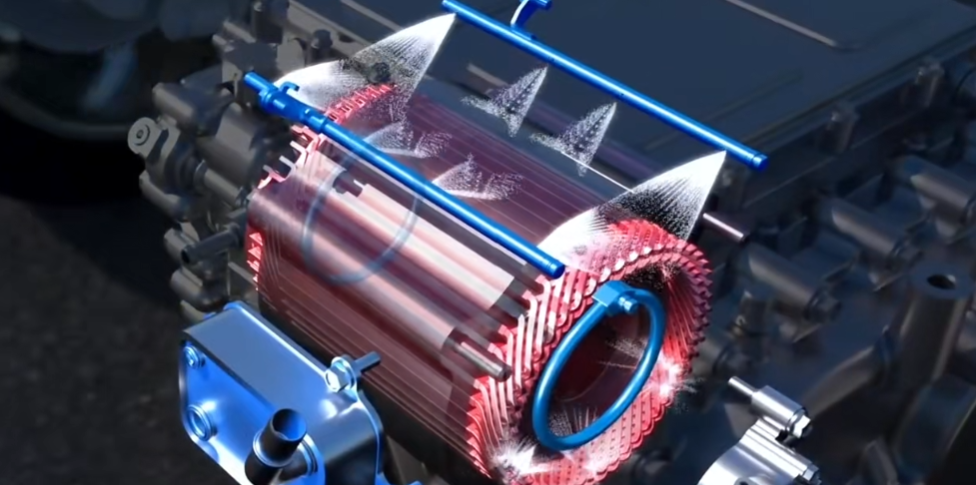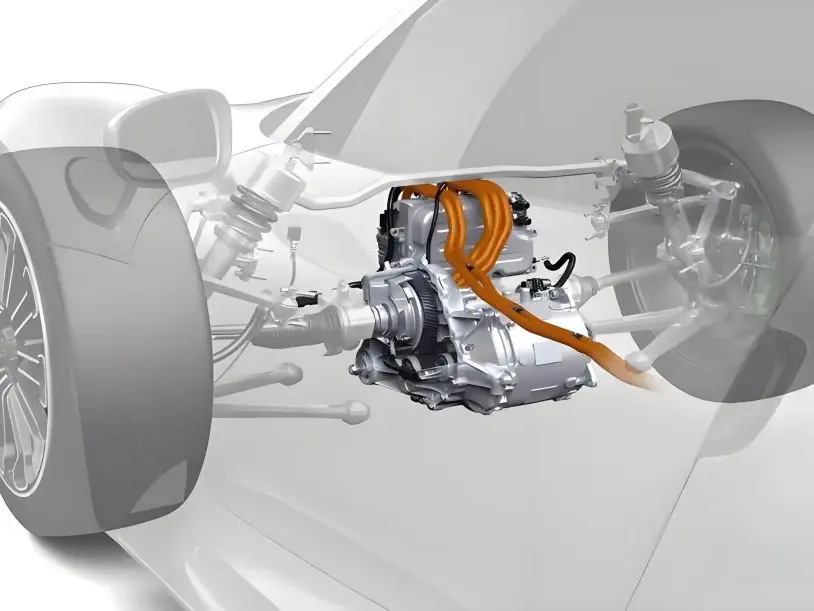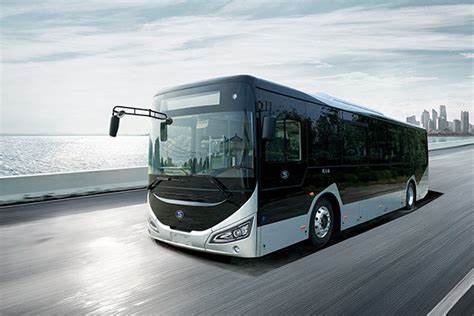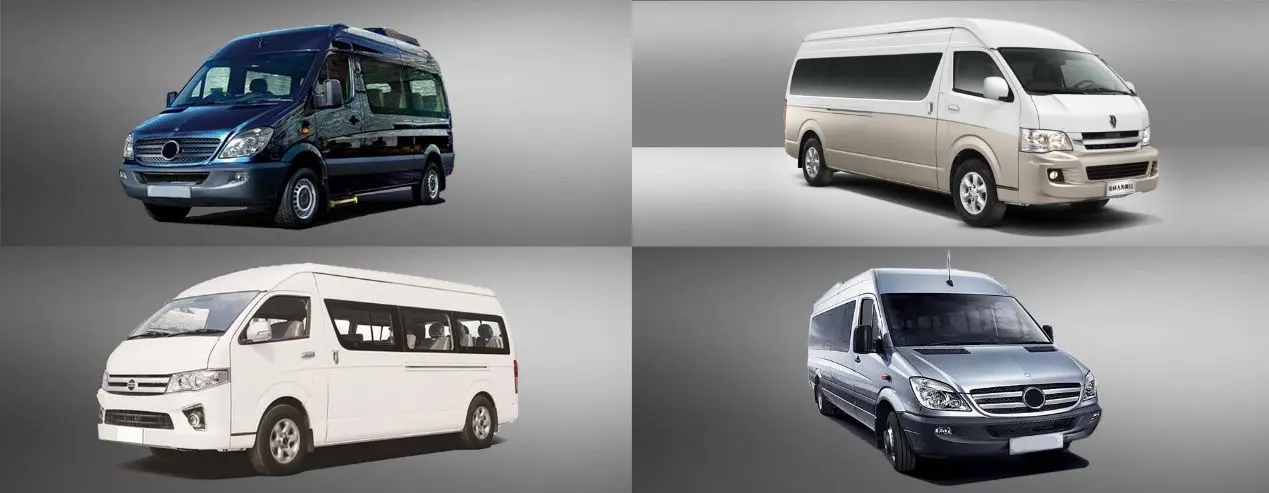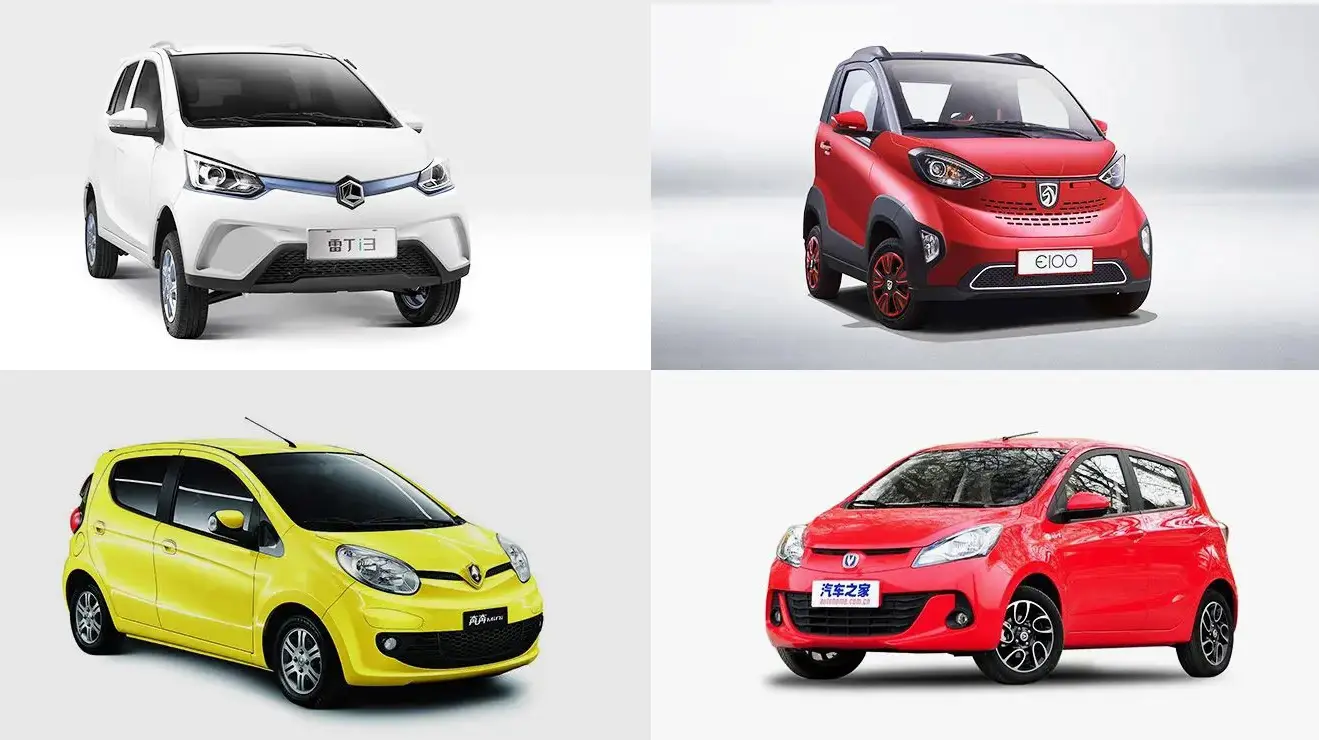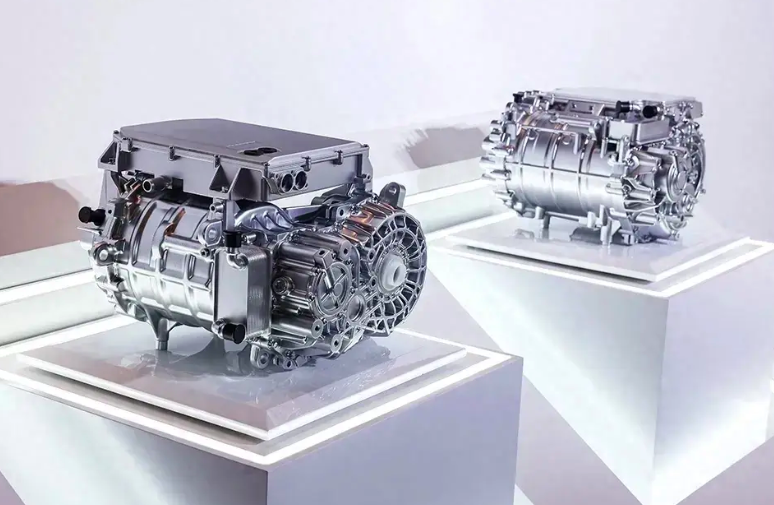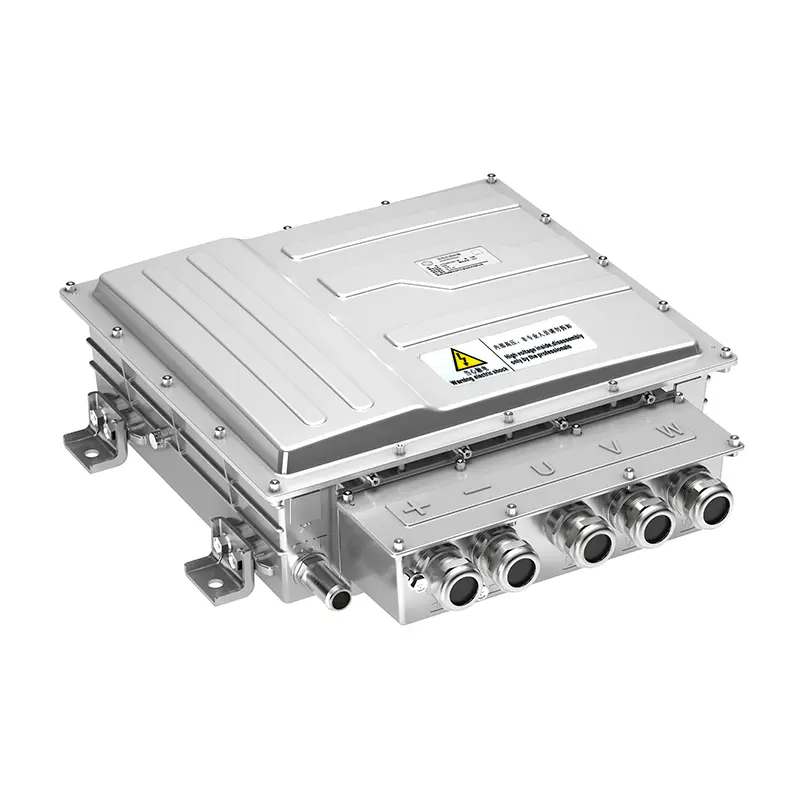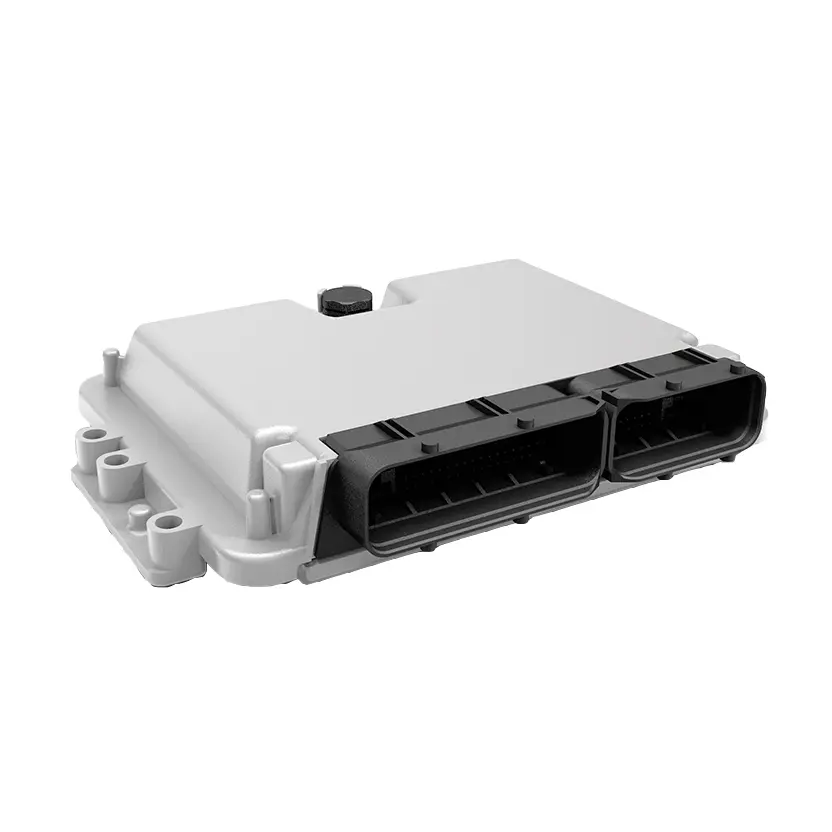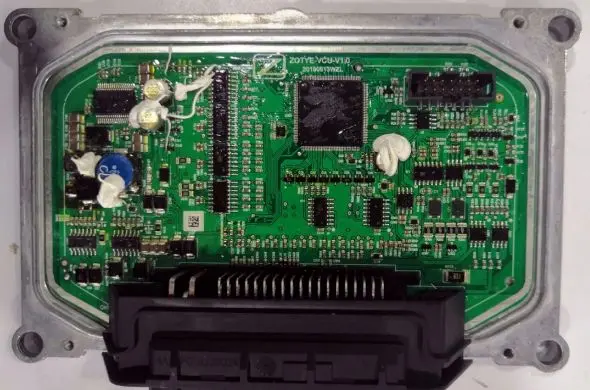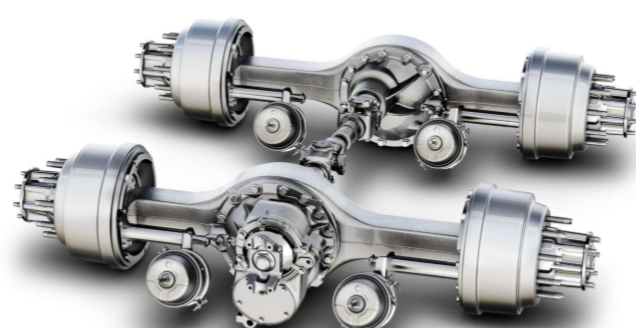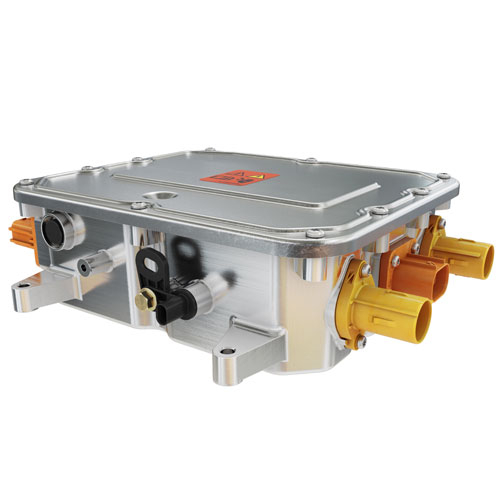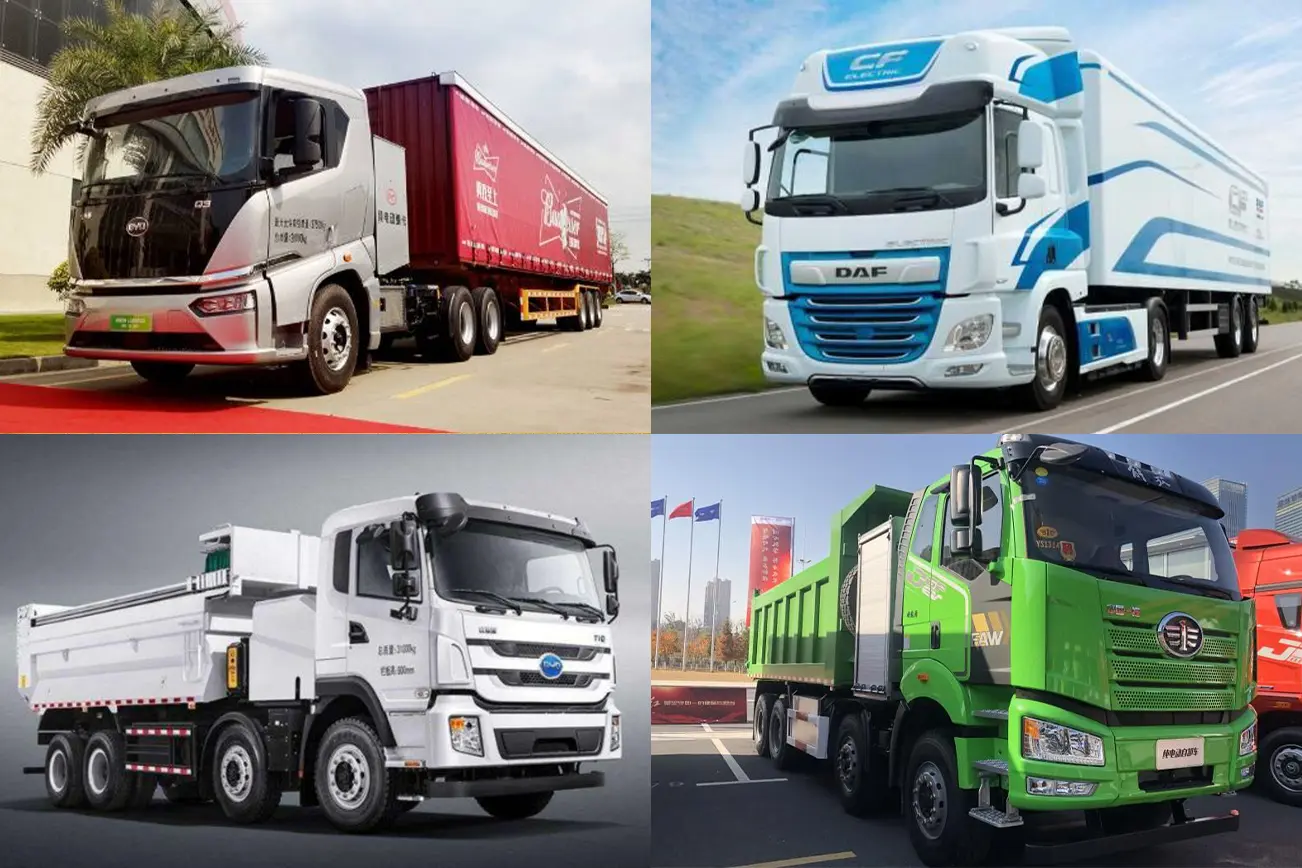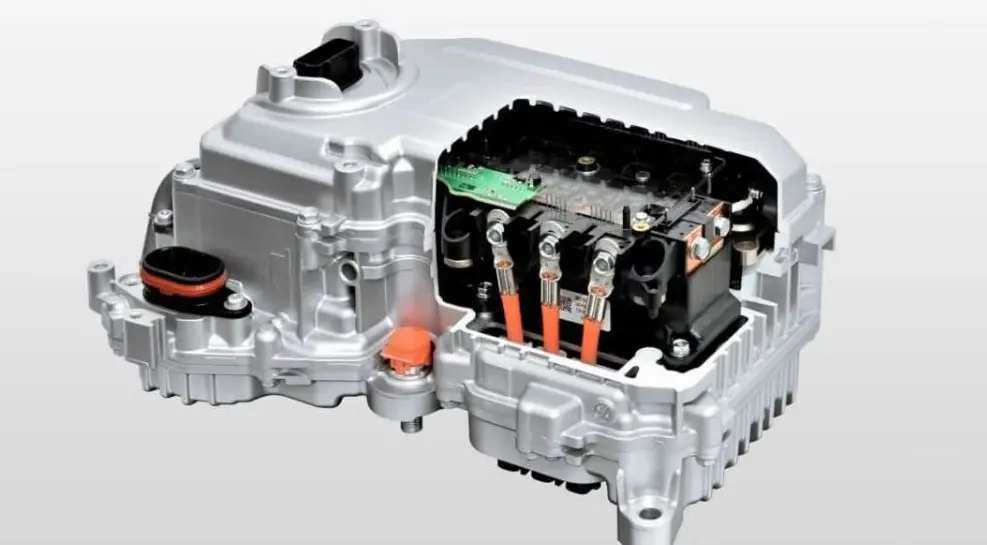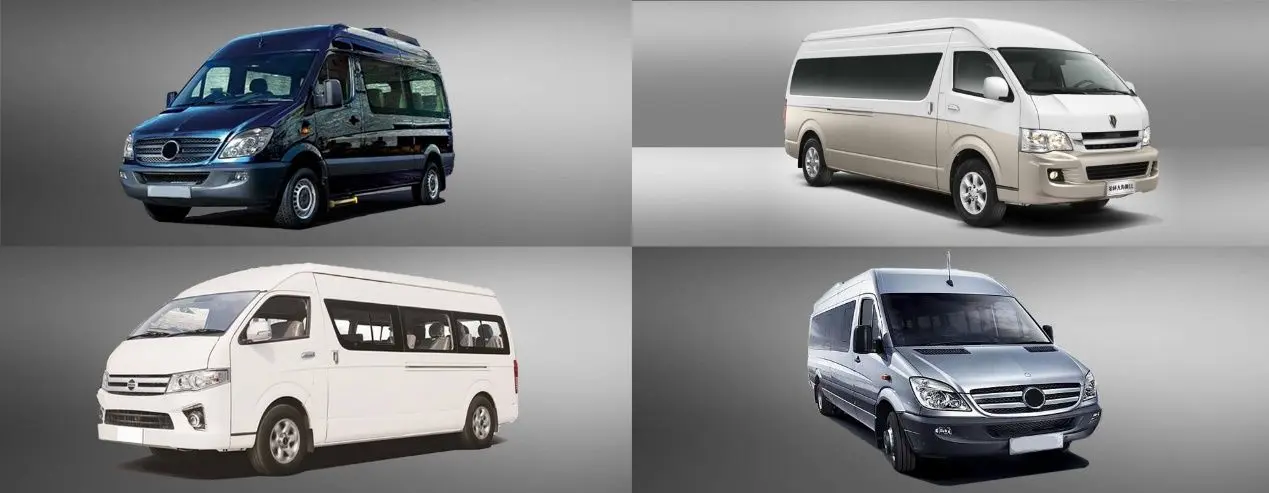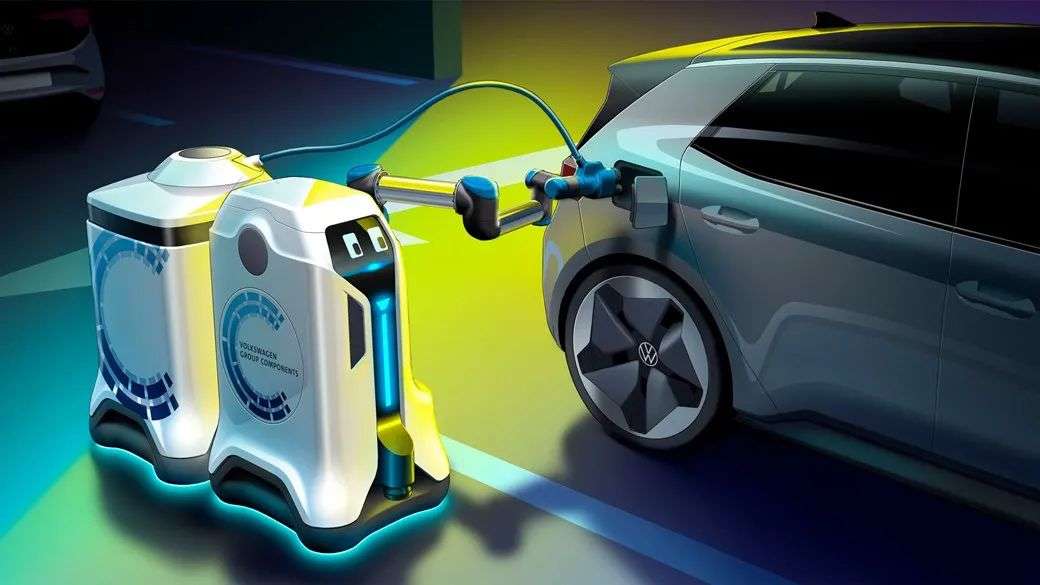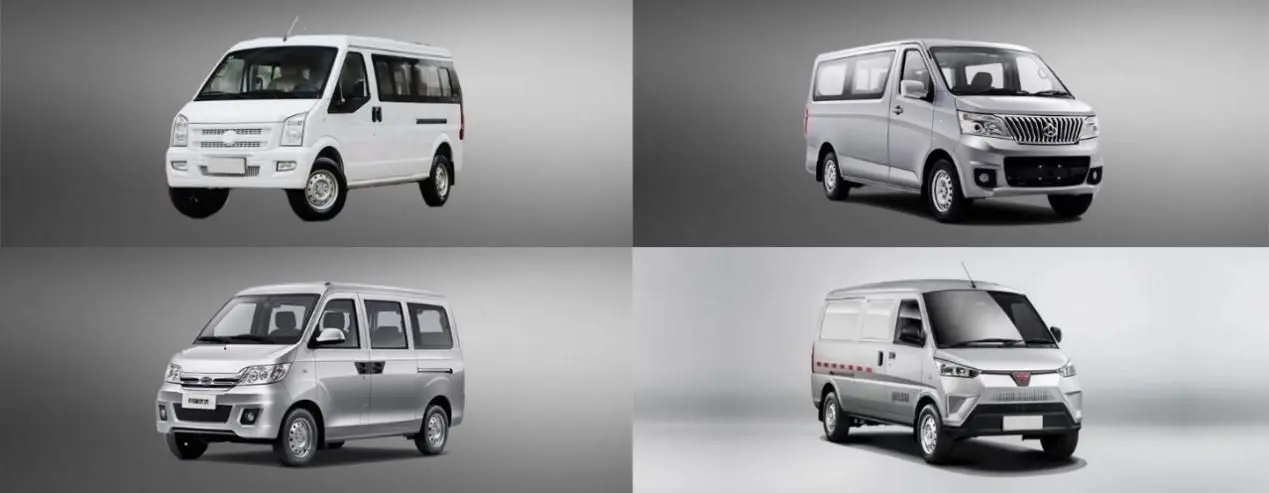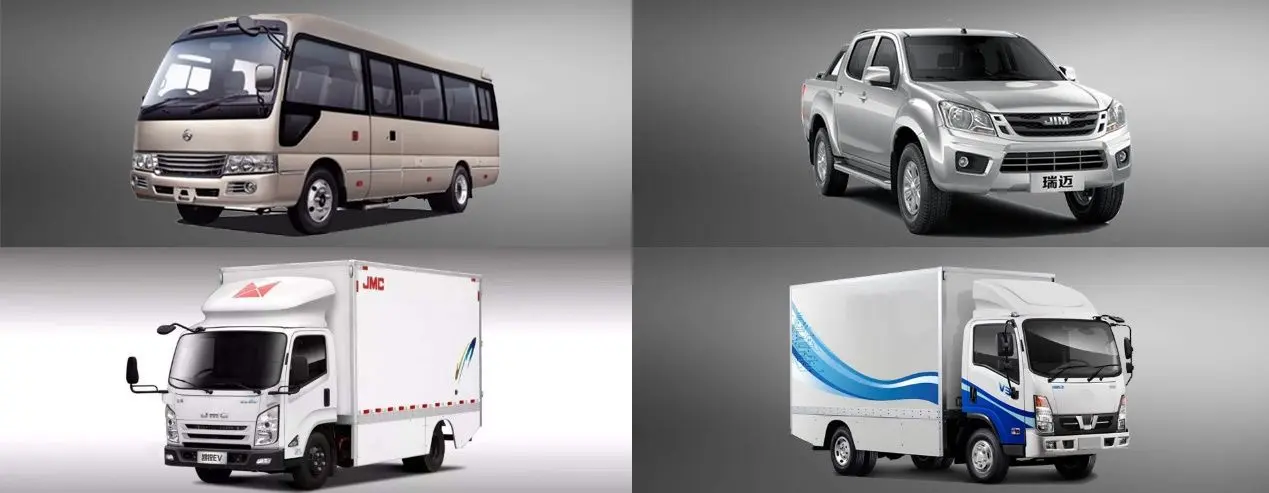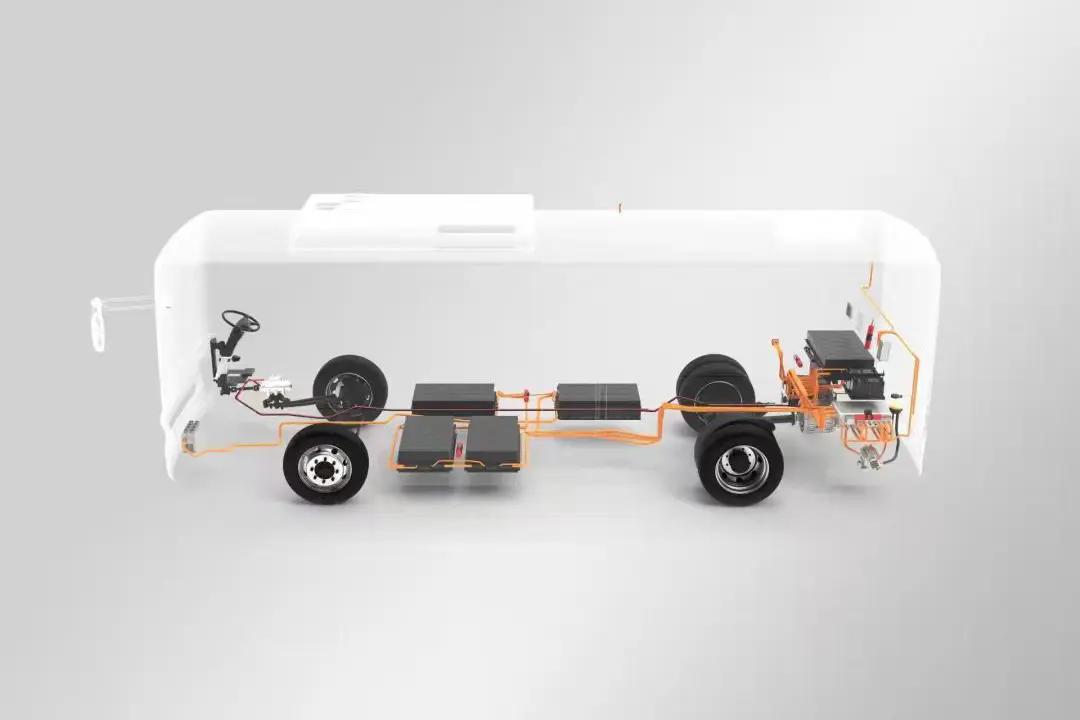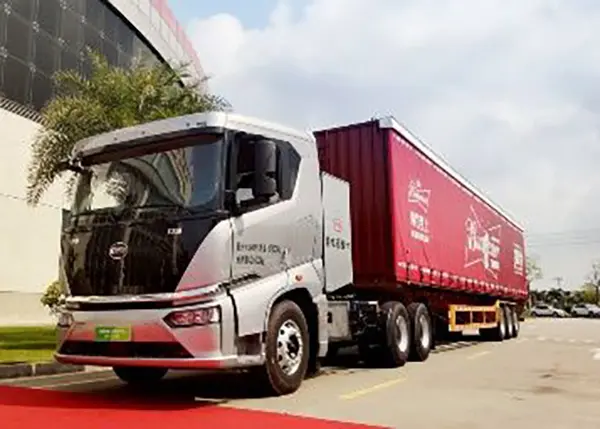Electric Motor Controller Tuning for Performance EVs: Tips from Experts
Electric vehicles (EVs) are no longer just eco-conscious alternatives; they are performance beasts tearing up tracks and redefining speed records. One of the secret weapons behind this transformation is the electric motor controller. More than a switch between pedal and wheel, it is the brain that ensures precise power delivery, efficiency, and unmatched torque. For performance EV enthusiasts and professionals alike, EV motor controller tuning offers the chance to extract every ounce of capability from an electric powertrain.
In this in-depth blog, we’ll explore the critical role of motor controllers in high-performance EVs, break down the fundamentals, examine types of controllers, tuning parameters, tools, expert tips, advanced features, and crucial safety considerations. Whether you're new to EV tuning or an experienced techie looking to push boundaries, this guide will deliver valuable insights.
The Role of an Electric Motor Controller in Performance EVs
The electric motor controller is a vital component in any electric vehicle. In performance EVs, its role becomes even more critical. It acts as the intermediary between the battery and the motor, regulating speed, torque, direction, and regenerative braking. Think of it as the vehicle's brain for power delivery and control.
In racing EVs and high-performance builds, a finely tuned EV motor controller determines not just how fast the car accelerates, but also how smooth, responsive, and efficient that acceleration is. It balances power draw, heat, and battery longevity while optimizing driving dynamics.
Key functions include:
- Controlling acceleration response
- Regulating torque output
- Enabling regenerative braking
- Maintaining thermal performance
- Customizing driving modes (eco, sport, race, etc.)

Understanding the Basics: What Is an EV Motor Controller?
An EV motor controller is an electronic device that manages the operation of an electric motor. It interprets input from the driver (via accelerator and brake pedals) and converts it into electrical signals that control the motor’s behavior.
Basic components include:
- Microcontroller/processor: Acts as the brain for processing inputs
- Power electronics: Includes IGBTs, MOSFETs, or SiC devices for switching power
- Sensors: Monitor motor temperature, current, voltage, and speed
- Cooling system: Ensures optimal operating temperature
- Software/firmware: Implements control logic and safety parameters
The controller ensures that the electric motor operates within safe and efficient boundaries, while still delivering high performance.
Types of Electric Motor Controllers and Their Impact on Performance
Choosing the right electric motor controller for your EV significantly influences its performance. There are various types, each with strengths and weaknesses, especially in a performance context.
a. DC Motor Controllers
Used in older EV designs.
Simpler and less expensive.
Less efficient and lower torque than modern alternatives.
b. AC Induction Motor Controllers
Tesla popularized these.
Efficient and powerful.
Requires sophisticated tuning algorithms.
c. Brushless DC (BLDC) Motor Controllers
Compact and efficient.
Common in light EVs and motorcycles.
Offer fast throttle response.
d. Permanent Magnet Synchronous Motor (PMSM) Controllers
Used in many high-performance EVs.
High efficiency, power density, and precision.
More complex to control and tune.
e. Vector Controllers (Field-Oriented Control - FOC)
Most advanced type for performance EVs.
Offers real-time vector control for torque and field control.
Ideal for racing applications.
The choice of EV motor controller should match the motor type, vehicle weight, use case, and desired performance output.
Key Parameters for Tuning an Electric Motor Controller
Tuning an electric motor controller for performance involves adjusting specific parameters that affect how power is delivered. The key is to balance speed, torque, thermal safety, and battery life.
a. Throttle Curve Mapping
Defines how throttle input translates to motor output. Performance tuning often uses a more aggressive curve for quicker response.
b. Current Limit
Sets maximum current the controller will draw from the battery. Higher current = more torque, but also more heat and potential battery wear.
c. Phase Advance / Timing
Alters the phase relationship of the motor to increase RPM or torque, similar to ignition timing in combustion engines.
d. Regenerative Braking Strength
Adjusts how much energy is recaptured during braking. More regen = better efficiency, but can affect drivability.
e. Temperature Cutoffs
Essential to prevent thermal runaway. Controllers can be tuned to reduce power as components heat up.
f. Speed Limits / Torque Limits
Soft and hard limits ensure safe operation at various vehicle states or modes.
Proper tuning of these parameters allows the EV motor controller to provide peak performance without compromising reliability or safety.
Tools and Software for EV Motor Controller Tuning
Tuning an electric motor controller requires specialized tools and software that interface with the hardware.
a. OEM Software Suites
Manufacturers like Curtis, Sevcon, Kelly, and VESC provide proprietary tools for controller setup and adjustment.
b. Open-source Tools
Platforms like VESC Tool support extensive tuning and customization for hobbyists and pros.
c. CAN Bus Monitors
Essential for tracking real-time data from the motor controller during operation.
d. Oscilloscopes & Data Loggers
Used for monitoring motor performance, signal integrity, and troubleshooting.
e. Thermal Cameras
Help validate that tuning parameters do not push components beyond safe thermal limits.
Using the right tuning tools ensures precision, especially when adjusting advanced parameters like field weakening, d-axis/q-axis currents, or motor flux control.
Common Tuning Strategies from Experts
Experts in the EV performance space follow proven strategies to extract the best from their EV motor controllers:
1. Baseline Data Collection
Before tuning, gather baseline performance logs (speed, torque, temp, voltage).
2. Incremental Tuning
Make changes gradually. One parameter at a time. This prevents unintended instability or damage.
3. Thermal Management First
Ensure your cooling system can handle the increased demands before increasing power.
4. Custom Throttle Mapping
Tailor throttle curves to suit racing or street preferences. Linear response for beginners; exponential for experts.
5. Use Driving Modes
Program modes like Sport, Eco, and Race with different controller maps for flexibility.
6. Simulate, Then Test
Use simulation tools to model expected behavior before testing on the road or track.
These tuning strategies ensure consistent and safe performance improvements from your electric motor controller.
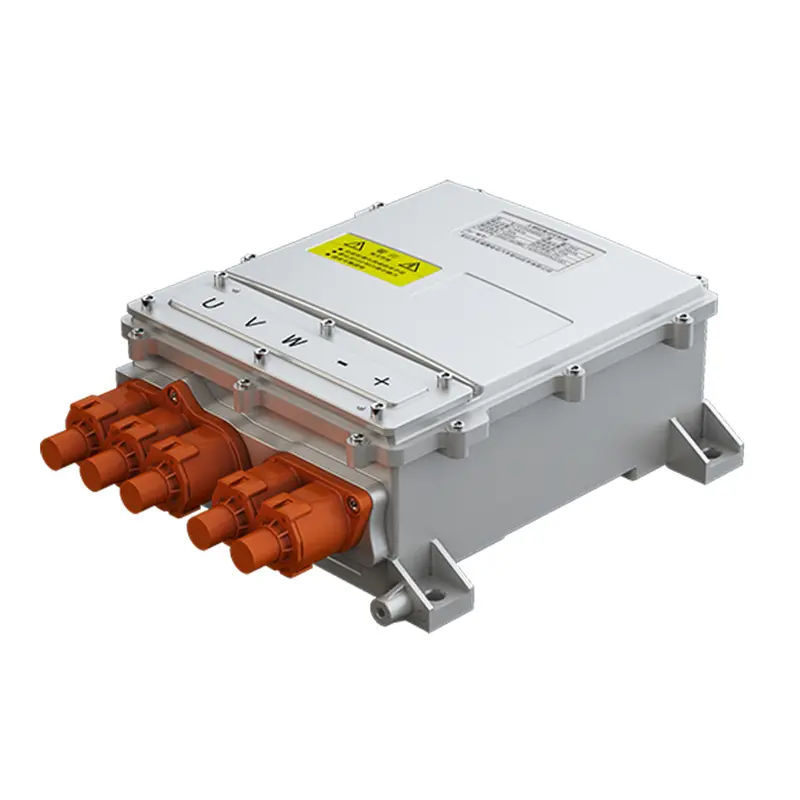
Advanced Features in Modern Electric Motor Controllers
Today’s electric motor controllers are packed with intelligent features that push the boundaries of performance.
a. Field-Oriented Control (FOC)
Maximizes torque and efficiency using complex vector algorithms.
b. Flux Weakening
Extends RPM range by reducing magnetic flux at high speeds.
c. Real-time Telemetry
Live data on motor, battery, and controller performance available via CAN, Bluetooth, or Wi-Fi.
d. Self-Diagnostics & Auto-Tuning
Controllers can now self-calibrate or detect faults during runtime.
e. Traction Control Integration
Links with ABS/traction systems to modulate torque during cornering or slip.
f. Dual-Motor Synchronization
Used in AWD EVs to precisely balance front and rear motor power.
Such advanced capabilities make modern EV motor controllers not just reactive, but predictive and adaptive, ideal for high-performance applications.
Safety Considerations in High-Performance Tuning
Performance tuning without safety is a recipe for disaster. Here’s what you need to watch out for:
a. Thermal Runaway
Pushing current and power too high can overheat motors, batteries, and the controller. Monitor temps constantly.
b. Electrical Overstress
Exceeding voltage or current ratings can damage components. Always stay within spec.
c. Firmware Failures
Using third-party or unverified firmware can brick your controller or create unpredictable behaviors.
d. EMI Interference
Poor shielding and wiring layout can result in electromagnetic interference affecting controller reliability.
e. Fail-Safe Modes
Ensure your EV motor controller has robust fault detection and limp-home modes.
f. Battery Safety
More aggressive tuning increases battery discharge rates. Use a high-quality BMS to monitor and protect your battery pack.
Safety should never be compromised. A well-tuned controller is also a well-protected controller.
Conclusion
The electric motor controller lies at the heart of performance EV tuning. Whether you’re aiming for blistering 0-60 times, better lap track precision, or simply a more engaging drive, the controller is your main tuning canvas.
From understanding the basics and different controller types to mastering key tuning parameters and advanced software tools, this guide has laid out the foundation for responsible and effective performance tuning.
Expert strategies emphasize gradual adjustments, thorough testing, and safety-first approaches. Meanwhile, modern EV motor controllers offer groundbreaking features like field-oriented control, flux weakening, and predictive diagnostics—paving the way for the next generation of electric performance.
As electric propulsion becomes the new standard for performance, tuning your EV motor controller will remain both a technical challenge and an exciting opportunity to push the boundaries of what’s possible.











